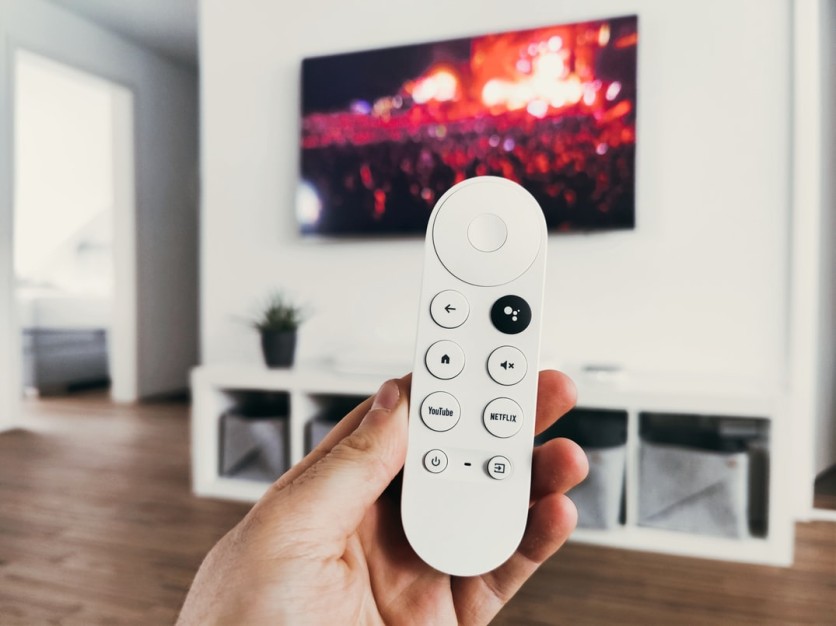Chromecast built-in, Google's streaming experience, was discreetly revised last I/O 2024 and is now known as Google Cast, with the name change signaling a new era for Android's wireless connections to displays.
Aside from the name, little has changed since the rebranding, including the option to cast the smartphone's screen to a bigger monitor.
Goodbye Chromecast built-in, Hello Google Cast

Two weeks ago, at the Google I/O 2024 event, the company slipped in a change for its Chromecast built-in experience where it bid goodbye to the name, silently replacing it with the so-called Google Cast.
It is not really an unfamiliar term for the company, though, since the Mountain View tech giant formerly referred to the experience as Google Cast until changing to Chromecast built-in in 2016.
On the Chromecast built-in support page, the company officially announced that it would now be called Google Cast. The feature allows casting while taking calls or doing other activities on the device.
Devices Available for Google Cast
The change did not tweak much of the experience as it still offers a way for Android devices, including the iPhone, iPad, Mac, Chromebooks, and Windows, to bring their displays to the larger screen.
It would stream directly to Cast-enabled devices like smart TVs, speakers, monitors, projectors, and car infotainment systems for a larger streaming experience.
Apart from video streaming apps, users may also enjoy using Google Cast to stream music instead of using Bluetooth connections.
Wireless Smartphone Casting
Wireless smartphone casting has been a treat for users since they were introduced, and it offered ways to make streaming entertainment more manageable as it allows an easier way to connect the devices. For Google, it is known as the Chromecast built-in, and its tech was added to larger displays or infotainment systems to cast the content via wireless connections.
On the other hand, its rival, Apple, is known for its proprietary technology, which shares the same capability as AirPlay, which takes a step further with its approach. From smart speakers with AirPlay enabled down to televisions, cars, and even its own iPads and Macs, users may cast their devices directly to another device, and it only requires them to be in the same network.
Since 2016, Google changed Cast to Chromecast built-in or simply Chromecast to deliver the wireless experience that would send their smaller device's content to the larger display. However, that has changed now, with Google focusing more on highlighting the name "Cast" to the technology to deliver the experience, to larger display devices compatible.

ⓒ 2025 TECHTIMES.com All rights reserved. Do not reproduce without permission.




